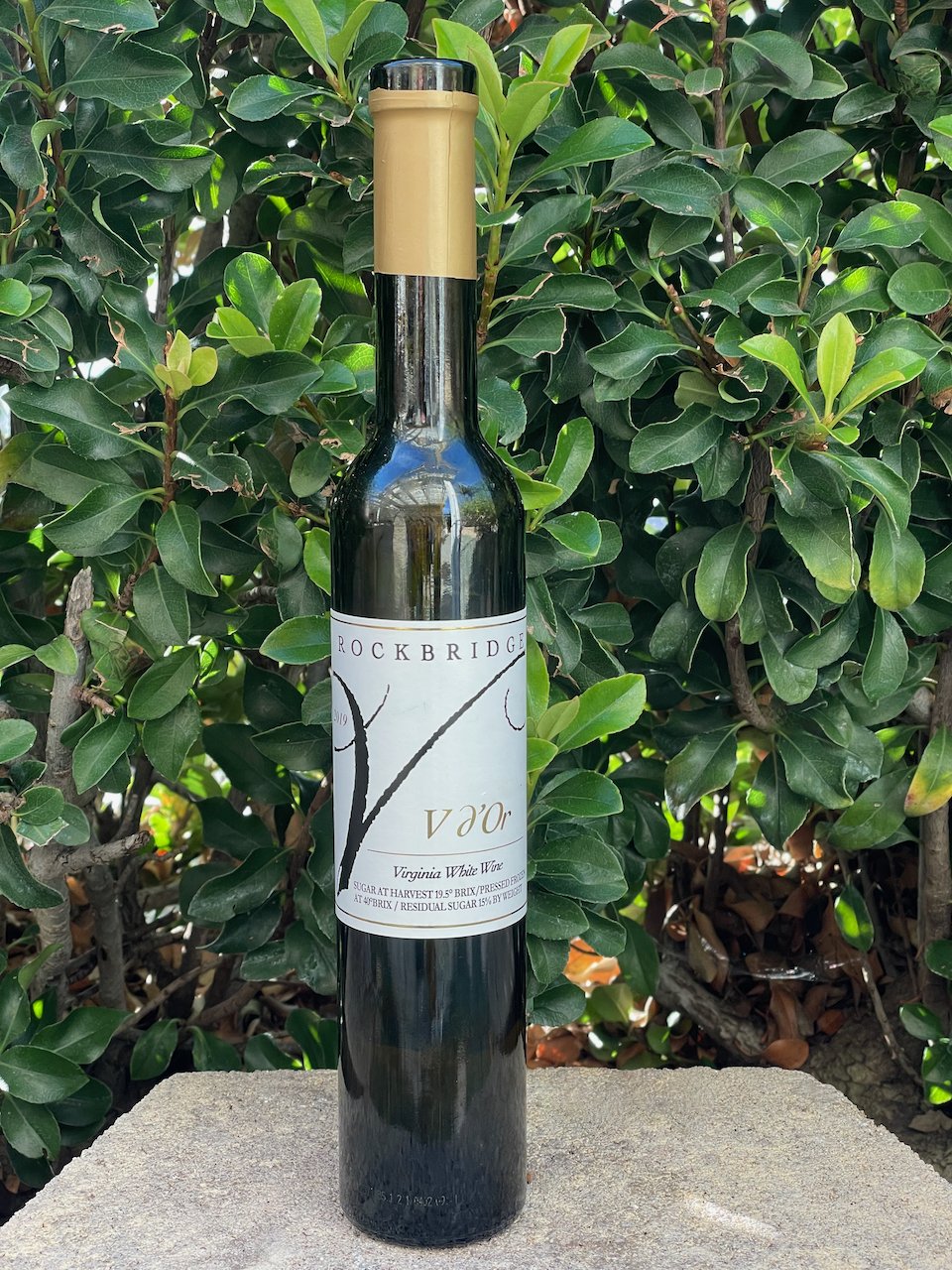Masciarelli (Mass-shee-ah-RELL-ee) Winery is located in the Abruzzo region of Italy on the eastern coast, just east of Rome on the Adriatic Sea. It was established in 1981 from the entrepreneurial intuition of Gianni Masciarelli. Today, Miriam Masciarelli (Gianni’s daughter) works with her mother, Marina Cvetić Masciarelli, to run this fabulous family winery that now has 22 labels and seven product lines all sourced from 60 vineyards in all four provinces of Abruzzo. Two of the product lines featured here are Villa Gemma, honoring the modest family home where Gianni was born, and the Marina Cvetic line that Gianni named for his wife.
2022 Villa Gemma Abruzzo Bianco ($24)
This wine is produced from a blend of 50% Trebbiano Abruzzese, 30% Pecorino, and 20% Cococciola from four vineyards. Trebbiano Abruzzese delivers wines that can be simultaneously floral and fruity. Native Cococciola adds lime-like acidity and herbal notes, while Pecorino adds minerality and a fruit/floral balance.
Fermentation of the various grape varieties was conducted separately in low-temperature stainless steel tanks, followed by blending and bottling.
This Villa Gemma Abruzzo Bianco is pale straw in color. On the nose it nice aromas of citrus and pineapple with subtle herbal hints. On the palate, this medium-light-bodied wine is bright, with green apple flavors, good acidity and mineral notes.
2020 Marina Cvetic Trebbiano d’ Abruzzo Reserva ($60)
This wine is produced from 100% Trebbiano Abruzzese from two vineyards.
Fermentation took place in French oak barrels, both initial and malolactic conversion. After aging 12 months on lees, in new French barrels, the wine spent 12 months in the bottle before distribution.
This Marina Cvetic Trebbiano d’ Abruzzo Reserva is pale gold in color with greenish highlights. On the nose it has very delicate fruit aromas and herbal hints along with notes from the oak influence. On the palate, this medium-light bodied wine has flavors of green apple and lemon along with oaky notes and yeast from the aging on lees. It finishes soft and smooth.
Both of these white wines from Masciarelli winery are delicious examples of the great wines coming from the Abruzzo region of Italy and featured as the Behind the Cork™ Wines of the Week. Cheers!
Disclosure of Wine Sample Submission: I received these samples at no cost for review. The opinions expressed are entirely my own.
Media Samples Provided by Masciarelli Winery







